Bryan Osceola was one of the 477 children whose stories were told in the Miami Herald’s Innocents Lost series. The 11-month-old died after he was left in a sizzling hot car, along with an empty beer can, by his mother. That death, and his mother’s arrest, brought questions to light about the quality of a previous child welfare investigation into Bryan’s mother.
Bryan deserved a better child welfare system. A lot of people, including lawmakers in Tallahassee, have been weighing in on what needs to be done to get us there. For years, I was an investigator on the front lines, as well as a supervisor of investigators. Here are my thoughts on what needs to be done:
• First and foremost, the Department of Children & Families has to cap the amount of investigations given to an individual employee. It should be written into the legislation and sanctions should be levied against local leaders who cannot manage how many cases each employee receives.
All of the research and all of the Blue Ribbon panels call for no more than 12 cases per worker. Any more than that and the quality of the investigations deteriorates rapidly. As these words are written, inside sources tell me that there are investigators who still have upward of 36 cases each, even after all of the media scrutiny and child fatalities.
Additionally, no supervisor should have more than 60 to 70 investigations to oversee. At the time of Bryan’s death last May, I had well over 100 in my unit and maintained an average of 115 to 120 cases monthly. In such circumstances, a supervisor is playing Whack-A-Mole. It is impossible.
• Discontinue the standard that cases are to be closed within 60 days. While the department maintains that this is not actually a requirement, it is clear that cases over 60 days old are frowned upon. Employees are evaluated on their ability to close an investigation in that amount of time. Employees who meet the 60-day deadline and maintain other stats have their pictures displayed on a leadership board for the month. It is an arbitrary and unnecessary threshold and should be discontinued immediately. The standard for closing a case should be at which time the children are deemed safe.
• Return to the practice of having the investigator, not the attorney, write the petition for court intervention. The Herald series underscored the problem with DCF’s reluctance to go to court on behalf of vulnerable children. Unless a judge orders it, parents can refuse to get drug treatment or other services. A judge’s order is necessary to shelter a child from a dangerous home.
One of the first skills I learned when I started my career with DCF in 2002 was how to write a petition for court intervention. Subsequently, I wrote many, and only one case was rejected.
A seasoned investigator knows how to petition for Probable Cause and Reasonable Efforts, the standard required to remove a child from a dangerous home. But since the department transitioned to having the attorneys write the petitions, it has caused major conflicts between investigators and the legal team, delayed court intervention and impeded services.
(It should be noted that in the Bryan Osceola case, I wanted to go to court to seek a judge’s permission to remove Bryan from the home after the previous case, in which his mother, Catalina Bruno, passed out while behind the wheel. Her unsecured son rested beside her in the still-running car. I sent the proposal up the chain of command. There was no court intervention, with tragic results.)
• Provide real services for real families. Many of the cases that come through DCF have an alcohol or drug abuse component. Bryan’s case was mired in controversy as the media reported that the investigator may have falsified documents. Due to possible pending litigation, I am not going to give my opinion on that. I am more focused on the solutions.
Some believe that had the department engaged, assessed and treated the mother, Bryan would be here today. That may or may not be true, but the department’s procedure for assessing risk is flawed. The procedure is to use a questionnaire that asks caregivers whether they think that they have an alcohol or drug problem. Guess what? Most people say no. And the services are not provided.
• Change the department’s overtime culture. Requiring investigators to seek prior approval for overtime, while supervisors are steadily pressing investigators to meet demands, demoralizes staff. Investigators rebel by seeking to work only 80 hours every two weeks to avoid debating overtime. Meanwhile, important follow-ups are compromised. Paying investigators by salary would improve moral, draw an increase in talent to the profession and save taxpayers money.
I cannot emphasize enough the importance of having a department that is proactive instead of reactive. From January to April 2013, I sent numerous emails warning my supervisor that investigations were superficial, and went so far in a meeting to declare that “someone is going to go to jail if things do not change.”
The case of Nubia Barahona should have taught the department innumerable lessons. Instead, DCF subjected some families to hyper-removals (removals out of an abundance of caution), brought in some new investigators, made a few rudimentary changes, and then, when things died down, returned to the same old routine. Requests for substantive legislative change have been hot and heavy under the bright lights of media scrutiny and the deaths of 477 children. But why does it take the deaths of more of our precious children to request change?
• The last and perhaps the most important step needed to protect our children is putting in place local leadership that is accountable and experienced.
Sadly, after each child death, the department seeks to minimize systemic problems and defer accountability as far down hill as possible, usually leaving the burden of the department’s dysfunction on the laps of the investigator and supervisor. Local leadership convenes in damage control meetings, and come up with clever ways and angles to make the tragic event appear isolated to a few.
I spent 11 years at the department, receiving stellar evaluations every year, even as a supervisor. There was not so much as a counseling memo or a blemish in my file. Yet, when the Bryan Osceola case hit the news, DCF suggested — falsely — it did not know that I would occasionally substitute teach during the week. I was the weekend supervisor. My own supervisor definitely knew. The work document was in my file.
The department also let stand a suggestion that I bore some responsibility for the mistakes that led to the death of Nubia Barahona. For the record: I was involved with the Nubia case for three days after the death of the child — assigned to cover the unit during the media frenzy that followed.
As a supervisor, you work seven days a week. Even on your days off, you are not really off. You are constantly working on the computer and completing follow-ups.
Creating false narratives on employees only serves to distract the media and internal investigators from getting to the source of the true problems that plague the Department.
We failed Bryan Osceola and 476 other children statewide under a system that is cumbersome, fails to respond to front-line workers, reactive and ill-equipped to protect our most vulnerable clients. The children of the state of Florida deserve better.
Implementing these steps as soon as possible will not save every child, but they are certainly steps in the right direction.
The writer was a child protective supervisor with DCF before resigning in 2013 and is the author of ‘Finding Emily’.

